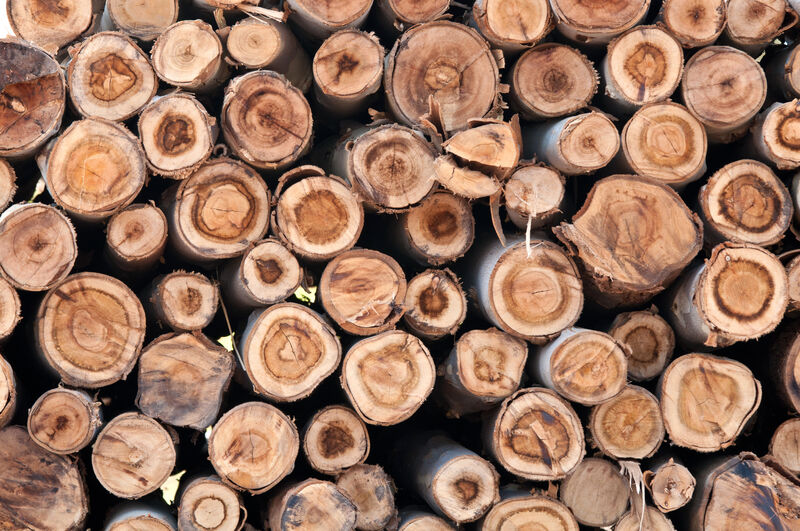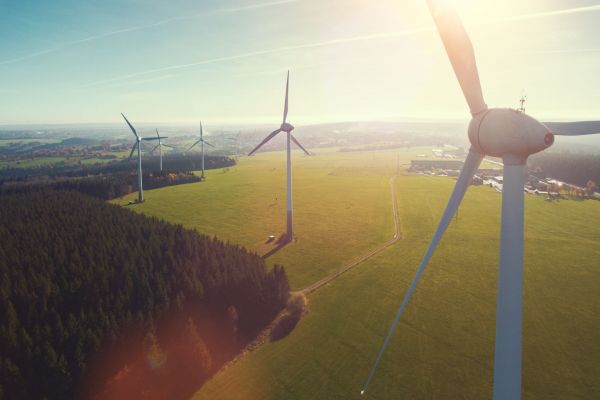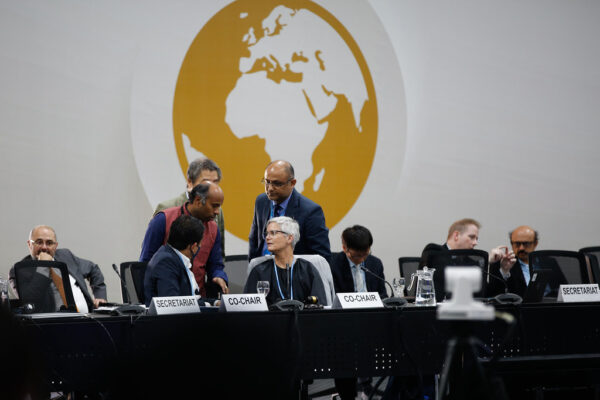Commonly built out of steel, the tower is the largest and heaviest part of a wind turbine, weighing several hundred tons. This makes it an important financial actor accounting for 15 to 25 % of the assembly and transportation costs. Although the material has proven its worth based on durability and how it can withstand even the greatest physical loads, manufacturers are starting to look more into alternative construction materials.
The environmental impact of steel
The conventional design of wind turbines poses some issues: According to data from the National Renewable Energy Laboratory and wind turbine manufacturers, the tower is the biggest contributor to the carbon footprint of a wind turbine causing 30 % of the carbon emissions. To build a single wind turbine, 250 tons of steel are required.
Steel is mainly made of the raw materials such as iron ore, coal, and limestone, extracted via a mining process that can cause air and water pollution in the area. Additionally, the blast furnace, which during its manufacturing process runs at 1500 degrees Celsius, requires a significant amount of energy. As a consequence, every ton of steel emits on average 1.85 tons of carbon dioxide.
The logistics issue
Another major challenge with building wind turbine towers is logistics. In the last few years, they have become difficult to manage, as the hub height for land-based turbines has also increased significantly – 66 % since 1999, to about 94 meters in 2021. The reason for this is that the wind speed increases in higher air layers and turbulence decreases at the same time, making the turbine more productive and economically viable.
To transport the tower to its destination, it first needs to be disassembled into segments, each 20 m to 30 m long, which are then loaded onto a truck. Due to the lengths of the parts, maneuvering becomes critical for the truck driver who requires special permission to drive the truck or needs to request a road closure. Another problem with tower transport is the diameter of the lower sections. In Germany for instance, passages under bridges are typically 4.2 meters high, making it impossible for these tower parts to pass through.
Wooden towers – an innovative idea
A surprising solution to all these problems could be provided by swapping iron with a material that has been resisting wind at lofty heights for thousands of years: wood. Wind engineers from the Swedish tech company Modvion have developed a process in which the wood of the Scandinavian spruce is manufactured into laminated modules. These parts are then stacked on ordinary lorries, transported to the chosen site, and then mounted by a large crane.
As described before, large wind turbines generate more energy. Conventional wind turbines, however, have natural limits, otherwise the transport to the site is no longer manageable. The main advantage of the modular wood construction is that the towers can be built higher, and they tend to be more resistant and lighter than steel.
Effective catchers of CO2
According to Movion, their wooden towers reduce the carbon footprint for the whole turbine by more than 25 %. During its life cycle, the tower produces approximately 1,250 tons of CO2. The corresponding tower built by wood materials emits just around 125 tons – that is 90 % less. In addition, wood has the capability to store one ton of carbon dioxide per cubic meter. These two factors combined result in a negative CO2 balance. In other words, the tower reduces and stores more CO2 than it emits. At the end of its 25 to 30 year life cycle, the wooden tower wall can be reused in the building industry, thus ensuring that carbon emissions can’t escape.
The solution to all problems?
Wooden towers could be the solution to some of the problems of conventional towers. In terms of other wind turbine components, however, wood is not a solution. The foundation still has to be cast from concrete that emits large quantities of CO2 and the rotor blades still need to be made out of a non-recyclable mix of plastic, glass or carbon fibers. The future will reveal whether sustainable alternatives can also be found for these components.



